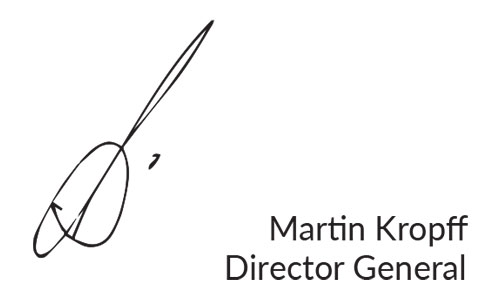Message from the Director General
In 2019, CIMMYT marked the end of a decade of achievements and the beginning of a decade of opportunities to improve peoples’ livelihoods.

Groundbreaking crop research and partnerships offer opportunities for innovations in human and plant health to tackle global issues, such as COVID-19, wheat rusts, or the insatiable fall armyworm.
Many technologies are available to improve agri-food systems — and the converging challenges from climate change, population growth, environmental degradation, and persistent poverty require that humanity acts with urgency and that it integrates collective wisdom and technologies to build a better future. On behalf of the CIMMYT community, I would like to thank our funding and research partners for selecting us to work with them to improve livelihoods through maize and wheat science.
Achieving food security under current, EAT-Lancet, or a more likely intermediate diet scenario, will require new crop varieties that yield more grain per unit land area, that do so in ecologically sustainable cropping systems, and that increasingly meet desired nutritional and end-use qualities. In a nutshell, the world needs maize and wheat science more than ever before.
All over the globe, agricultural leaders have challenged CIMMYT to help them increase maize and wheat yields. But not simply increase: improve and stabilize production by making it more sustainable and resilient with more efficient resource use, while making space for other crops in order to diversify farmers’ fields and diets.
In 2019, African policymakers called for an increased use of science to achieve food security in the face of ever-increasing population and erratic climate. Bill Gates spoke about the “essential role of CGIAR research centers in feeding our future” and together with other stakeholders urged us to “do even better.” In his Gates Notes blog, he highlighted the great example of CIMMYT’s drought-tolerant maize.
In 2019, the CGIAR System decided that the new decade deserves a more united CGIAR. One that offers the opportunity for a paradigm shift and new solutions for the world’s poor and food insecure as we work toward achieving the Sustainable Development Goals.
As CIMMYT moves into One CGIAR, we will build on the strengths in the systems, programs, and projects that currently provide excellence in science and impact through the CGIAR Research Programs (CRPs) and Platforms. CIMMYT is committed to contribute to defining and transitioning to a One CGIAR that integrates the collective wisdom and technologies of the 15 current CGIAR Centers and works with partners to build a better future.
I hope you enjoy reading this report and finding out more about how CIMMYT adds to the development of a world with healthier and more prosperous people and with more resilient agri-food systems. I look forward to your feedback and invite you to work with us in the new decade of opportunities.
